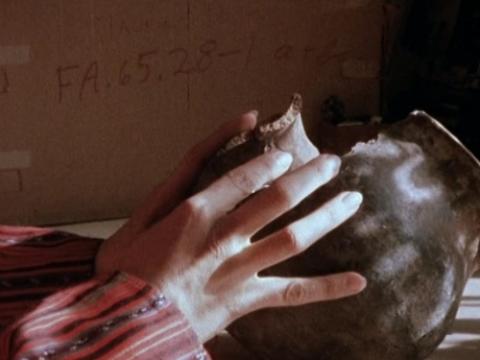
“All the play of the heart. All the fullness of feeling.”
Hannes Verhoustraete, 2019
Waar plaats ik mijn lichaam? De vraag werpt een schaduw op de vertraagde, vertakte werkelijkheden in Milestones. De lichamen die geen plaats meer vinden in dienst van de revolutie of het eindigen van de oorlog, richten de revolutie (of de oorlog) op zichzelf en op nabije lichamen. Het leidmotief van de film is terug te vinden in de voortdurende onderhandeling tussen het persoonlijke en het politieke. We zien de personages zoeken naar nieuwe samenlevingsvormen, alternatieve manieren om hun kinderen op te voeden, een nieuwe lichamelijkheid, seksualiteit, liefde. De babyboomers zijn dertig geworden en voor velen breekt een tijd aan waarin de individuele invulling van het leven de bovenhand krijgt op een collectief politiek project.